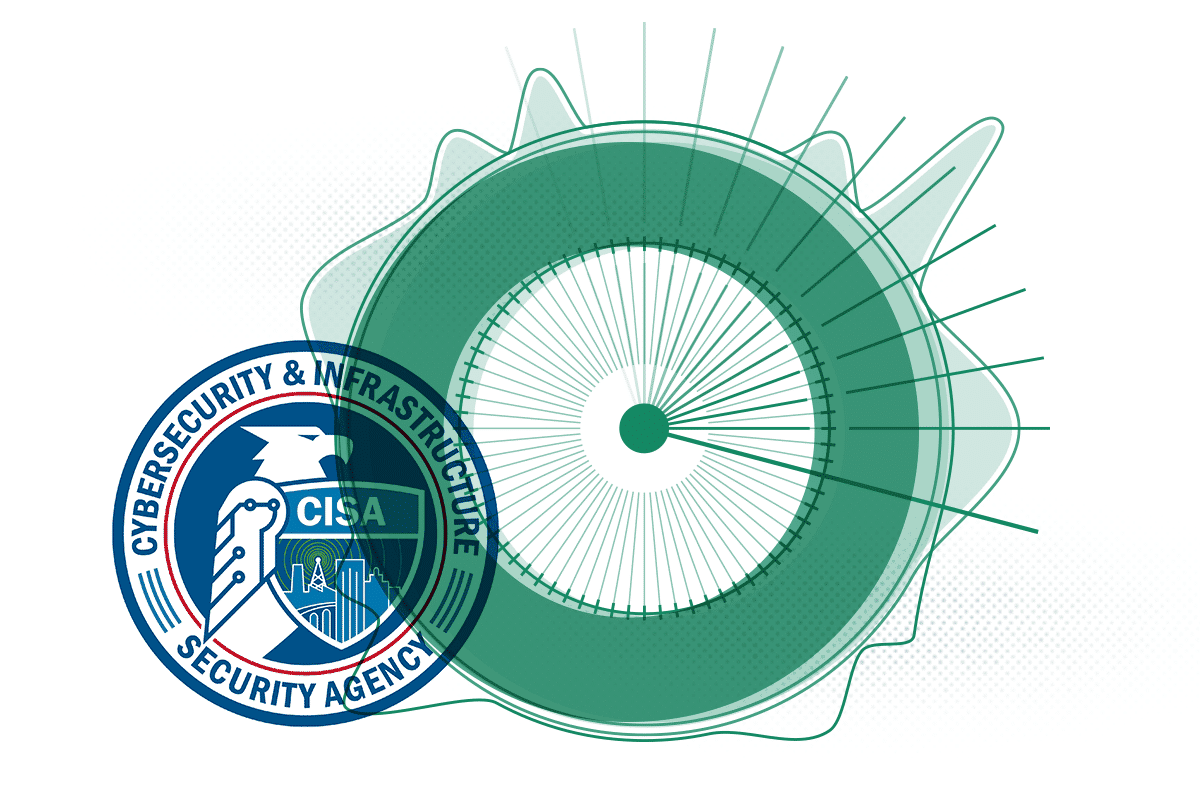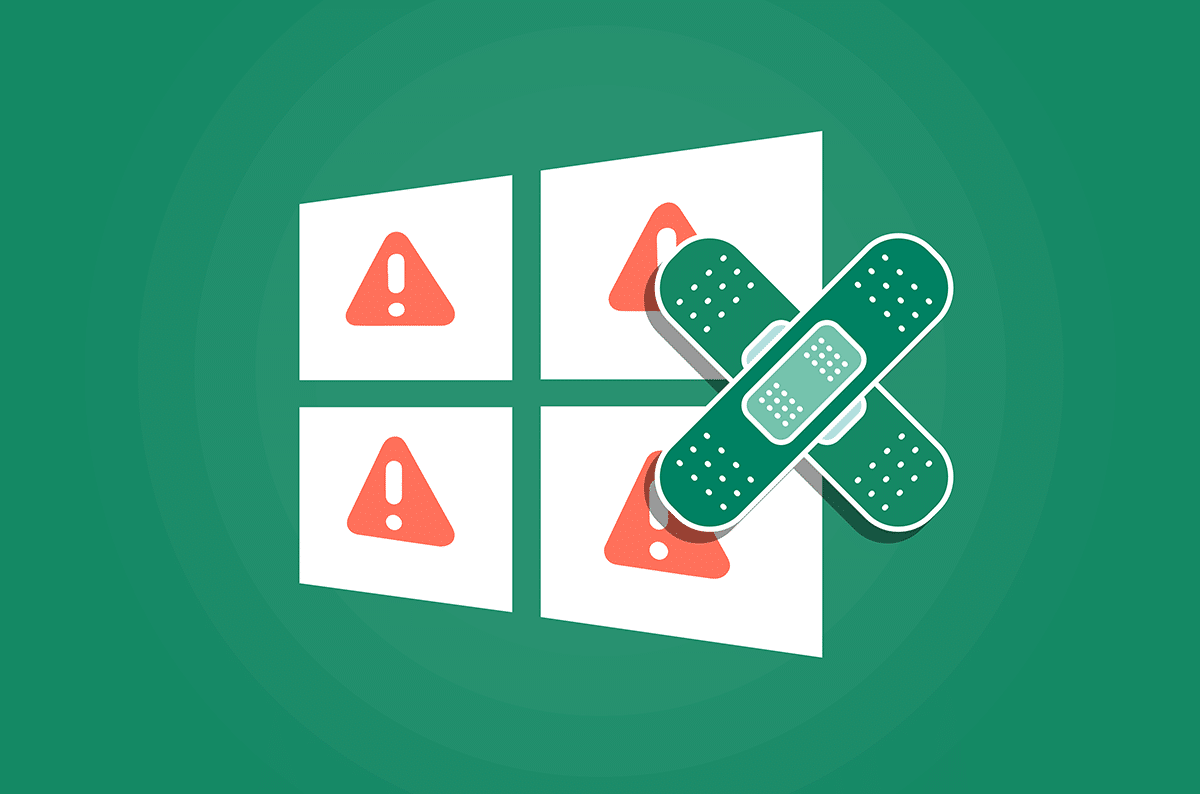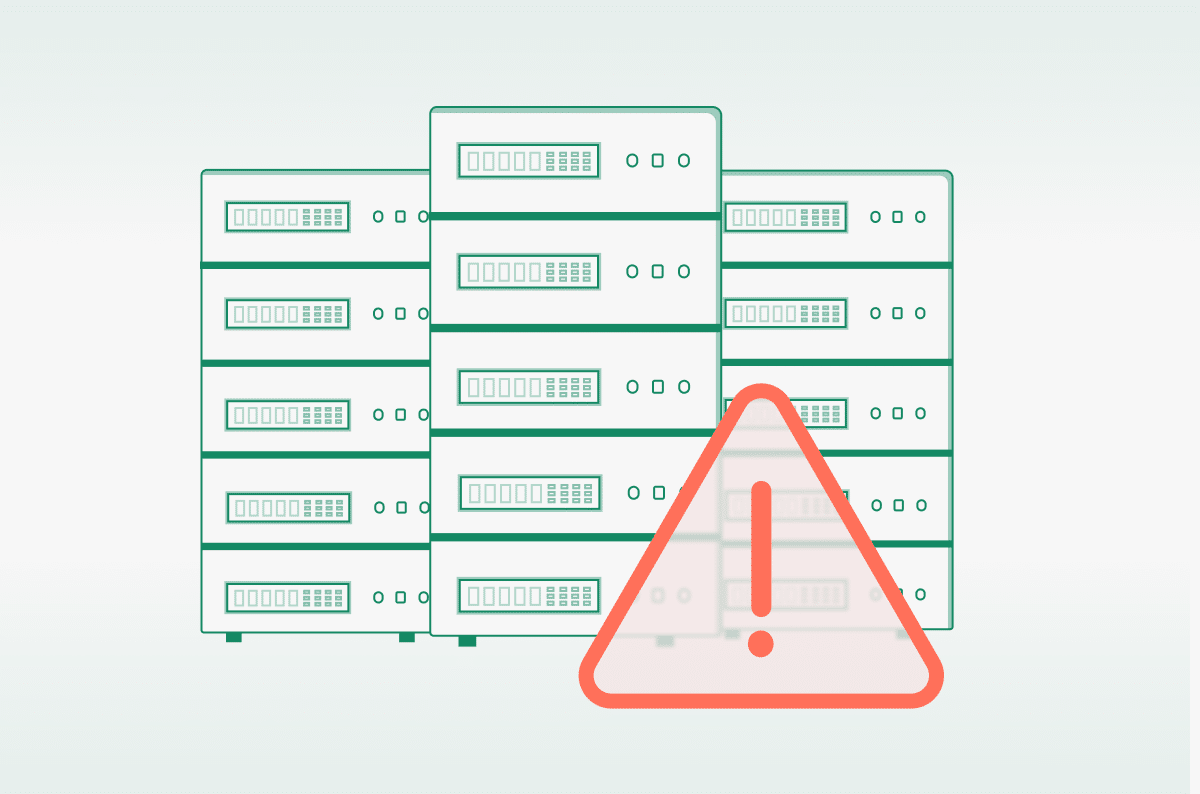How Cato Was Able to Meet the CISA Directive So Quickly

|
Listen to post:
Getting your Trinity Audio player ready...
|
We just made an announcement today that’s a textbook example of the power of our IPS. All mobile users, offices, and cloud resources anywhere in the world on the Cato SASE Cloud are now protected against network-based threats exploiting the exposures the Cybersecurity and Infrastructure Security Agency (CISA) identified two weeks ago. Actually, the time to implement those protections in the field was closer to 10 days.
For someone in security research that’s an amazing accomplishment. It’s not just that we developed signatures to record time. Alone that would be significant. It’s that we were able to get those signatures implemented in production across all of our customers and without their intervention so quickly. Let me explain.
THE CISA DIRECTIVE
Two weeks ago, the CISA issued a Binding Operational Directive (BOD) forcing federal agencies to remediate known and exploited vulnerabilities within CISA’s given timeline. Some 300 previously exploited vulnerabilities were identified, 113 of which had to be addressed by today. Their guidance is to remediate these vulnerabilities on their information systems, mainly by patching the announced vulnerable products to their latest versions.
While none of the vulnerabilities were found in the Cato SASE Cloud, we wanted to protect our customer against any relevant network-based threats. Upon arrival of CISA’s announcement through one of our many threat intelligence feeds, we triaged the IOCs to identify those vulnerabilities that fell within scope of our IPS, finding public or hidden information to get a correct reproduction of the exploit.
Some of the vulnerabilities announced by CISA were ones that didn’t have any public exploit. In such a case, reproducing the exploit is unfeasible and the vendor of the vulnerable product is responsible for releasing a patch and/or providing workarounds. The only exception for this case is Microsoft vulnerabilities, which we can handle thanks to our collaboration with Microsoft as part of the Microsoft Active Protection Plan (MAPP). As members of MAPP Microsoft share with us detailed information to allow mitigation of vulnerabilities found in their products.
Many of the vulnerabilities had already been triaged and mitigated last year. Out of the 113 CVEs (Common Vulnerabilities and Exposures) that CISA asked to be patched by November 17th, we identified 36 vulnerabilities that were within scope. (We’re currently in the process of handling the rest of the vulnerabilities in the catalog, which CISA asked to be patched by May 2022.)
SASE vs SD-WAN<br /> | What’s Beyond SecurityTHE IPS PROBLEM
Normally, getting 36 signatures developed and deployed in the field would take weeks. Oh, yes, often legacy security vendors are proud of the speed by which they develop IPS signatures. What they ignore is the time IT then needs to take to implement those signatures.
Every signature must be first assessed for their relevance and performance impact on the IPS. Then they need to run the IPS on live traffic in detect mode only, checking to see what false positives are generated and identifying any end user disruption. Only afterwards can IT deploy an IPS signature in full production. Often, though, the headaches cause many to leave legacy IPS in detect mode and ignore its alerts, wasting their IPS resource.
But with Cato Managed IPS-as-a-Service, none of that is an issue. Our IPS runs as part of Cato’s global cloud-native platform. The cloud’s ubiquitous resources eliminate legacy IPS performance issues.
Cato’s advanced behavioral signatures are also vastly different than legacy IPS signatures. Our signatures are context-aware, synthesizing indicators across multiple network and security domains normally unavailable to a legacy IPS. We can do this because as a global SASE platform, we’ve built a simply massive data lake from the metadata of every flow crossing the Cato global private backbone. For security researchers, like myself, this sort of data is like gold, letting us develop incredibly precise signatures that are more accurate (reducing false positives) and more effective (reducing false negatives).
For each CVE, Cato validates the IPS signature against real-traffic data from our data lake. This unique data resource allows Cato to run through “what if” scenarios to ensure their efficacy. Only then do we push them to the production network in silent mode, monitor the results, and eventually switch them to global block-mode.
What About Those Out of Scope?
Cato protects organizations against network-based threats but even endpoint attacks often have a network-based component. Cato’s IPS inspects inbound, outbound, and WAN-bound network traffic. This means that endpoint vulnerabilities are out of scope. Nevertheless, we do have mitigation mechanisms that would block potential exploitation of such CVEs further down the attack kill chain, such as Next Generation Anti-Malware (for blocking of malware dropping), reputation feeds (for blocking of malicious IPs/domains, CNC communication, and other IoCs) and more.
What Else Should Cato Customers Do?
If you have the Cato IPS enabled, you are protected from these vulnerabilities with no manual configuration changes required on your part. However, to ensure complete protection from vulnerabilities out of Cato’s scope, we advise following vendor advisories to mitigate and update your systems and patch them to the latest version.














